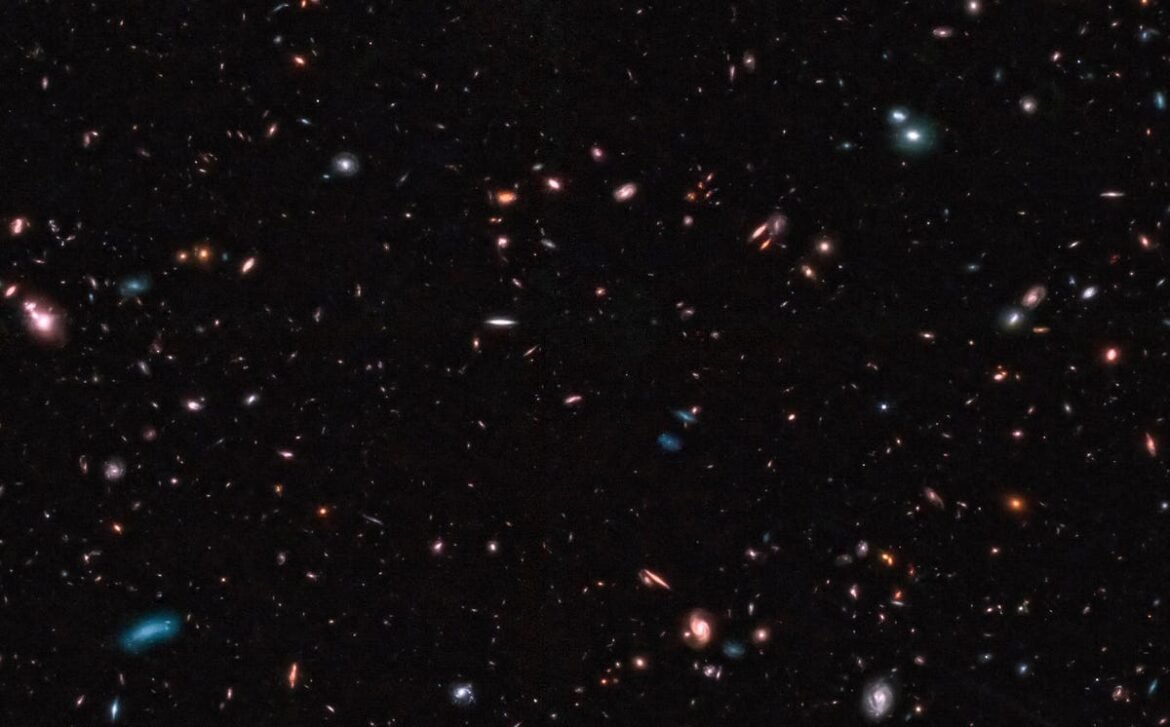Despite many ultra-distant galaxy candidates found with JWST, we still haven’t seen anything from the Universe’s first 250 million years.
Back in mid-2022, there was a dispute over the cosmic distance record. Back in 2016, a galaxy identified from within the Hubble Ultra Deep Field, GN-z11, set a definitive record: it came to us from when the Universe was just 407 million years old, or only ~3% of its present age. But a few years later, some were claiming that a new galaxy, HD1, was even more distant, leading HD1 to make an appearance (temporarily) atop such vaunted lists as Wikipedia’s list of the most distant astronomical objects and even in the Guinness book of world records. No less a source than Harvard University touted it as the most distant object of all-time.
Neither “record-holder” would last for long once the JWST era began, however. As soon as the first deep-field photo was released, nearly 100 candidates emerged for what could be a record-breaking galaxy in that particular field-of-view. In December of 2022, a slew of new galaxies were announced, with the most distant, JADES-GS-z13–0, coming from when the Universe was just 320 million years old: 2.3% of its present age. Then, on May 30, 2024, a new cosmic…

